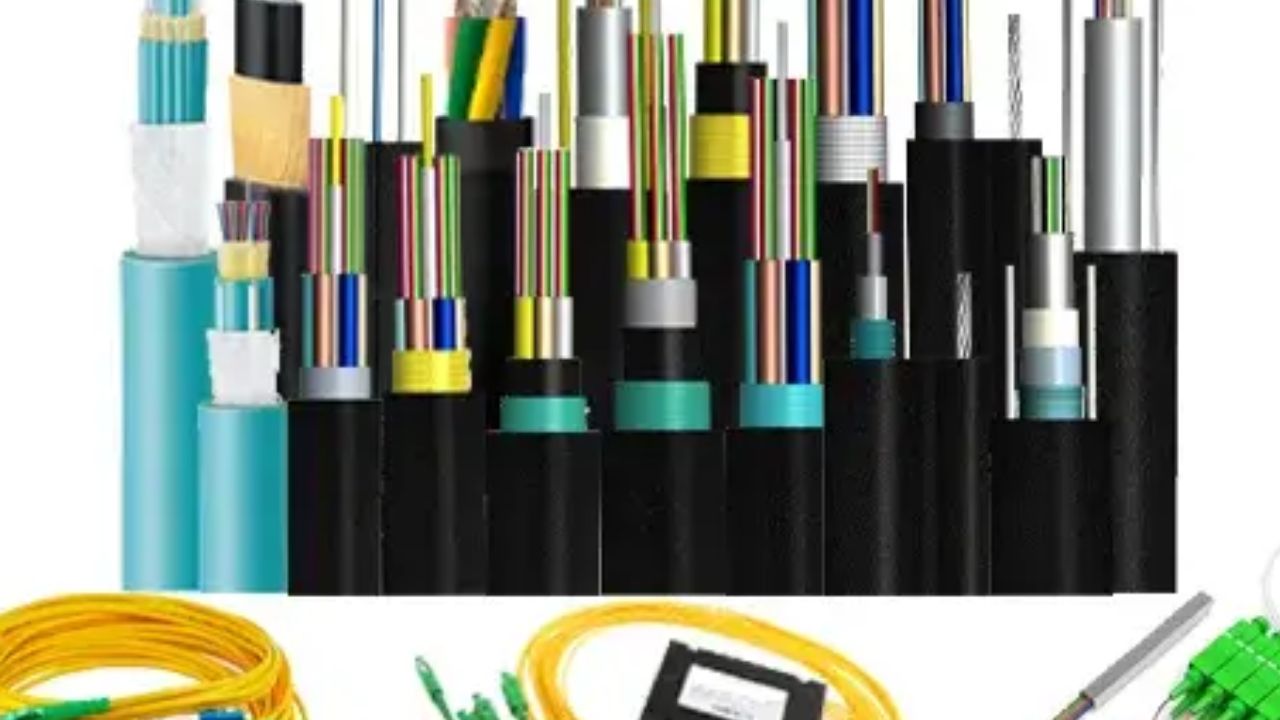Grayson is a shopping aficionado who loves to share information about the best deals and steals he finds. He's always on the lookout for a bargain, and he loves to help others find great deals, too. You can always count on Denise to give you the inside scoop on where to shop and save money.

In the constantly changing world of telecommunications, installing fiber optic cables is essential to guaranteeing fast, dependable, and effective data transfer. All-dielectric self-supporting, or ADSS, fiber optic cables are one of the most popular varieties available. They are a practical and adaptable option, particularly for installations located overhead.
Because of their special composition, ADSS fiber optic cables may support themselves without the use of an additional messenger wire. To find out more about the quality and adaptability of fiber optic cables, visit page, on the Bonelinks website. Because of the dielectric (non-metallic) center strength element used in their design, these cables provide mechanical strength without being conductive.
Positive Aspects of Fiber Optic Cables
The selection of fiber optic cables is a crucial factor in determining the effectiveness, dependability, and expandability of networks in the field of modern telecommunications. All-dielectric self-supporting, or ADSS, fiber optic cables are a standout choice due to their distinctive design and plenty of benefits. The benefits of ADSS fiber optic cables are discussed in this article, along with the technological advancements and tactical advantages that set them apart in the telecom market.
Self-Supporting Design
The self-supporting construction of ADSS fiber optic cables is one of their main benefits. ADSS cables have a central strength part composed of dielectric materials, in contrast to conventional cables that need a separate messenger wire or metallic core for support.
Because of their design, they can be installed more quickly and easily because grounding is not necessary. Furthermore, the absence of a metallic core ensures that ADSS cables are non-conductive, reducing the likelihood of electrical hazards and enhancing safety during installation and maintenance.
Versatility in Installation
When it comes to installation choices, ADSS fiber optic cables are incredibly flexible. Because of their special design for aerial deployment, they are perfect for overhead installations on already-existing utility poles. They can be quickly deployed in a variety of settings, including difficult environmental conditions and rural and urban areas, thanks to their lightweight design and self-supporting nature, which also makes installation easier.
Resistance to Environmental Factors
ADSS cables are extremely dependable and long-lasting since they are designed to endure a variety of weather conditions. They can withstand high temperatures, wetness, UV rays, and inclement weather, including wind and ice. Because of their robustness, ADSS cables can be installed in areas where bad weather is common without compromising their functionality or structural integrity.
Long-Span Capabilities
Because ADSS fiber optic cables may travel large distances between support points, they are appropriate for applications requiring wide coverage. These long-span qualities come in particularly handy in remote locations and difficult terrain where there may be a significant gap between utility poles. ADSS cables offer economical options for linking isolated towns, industrial sites, and vital infrastructure because they can reach several kilometers without the need for extra support.
High Bandwidth and Data Transmission
The design of ADSS fiber optic cables supports high bandwidths and data transmission speeds. Transmitting large volumes of data fast and effectively is essential given the growing need for cloud-based services, real-time data streaming, and high-definition multimedia content. Networks can accommodate the ever-increasing needs of modern digital communication because of their enormous capacity for data transfer.
Low Maintenance Requirement
Compared to conventional cables, ADSS fiber optic cables require less upkeep after installation. Physical damage and signal deterioration are less likely to occur thanks to their robust structure and tolerance to external conditions. Since ADSS cables do not corrode like metallic cables do, they are long-lasting and reliable. Because there is less need for frequent inspections, repairs, and replacements, the network infrastructure is more effective and affordable, which saves money for telecommunications carriers.
Final Words
ADSS fiber optic cables have been an important technology in the development of contemporary telecommunications due to their many advantages. ADSS cables are essential for facilitating seamless connectivity and society as the need for dependable and fast data transmission keeps increasing. Because of their outstanding qualities, ADSS fiber optic cables are more than just parts of a network—they are catalysts for advancement, creativity, and a world where everything is connected.
